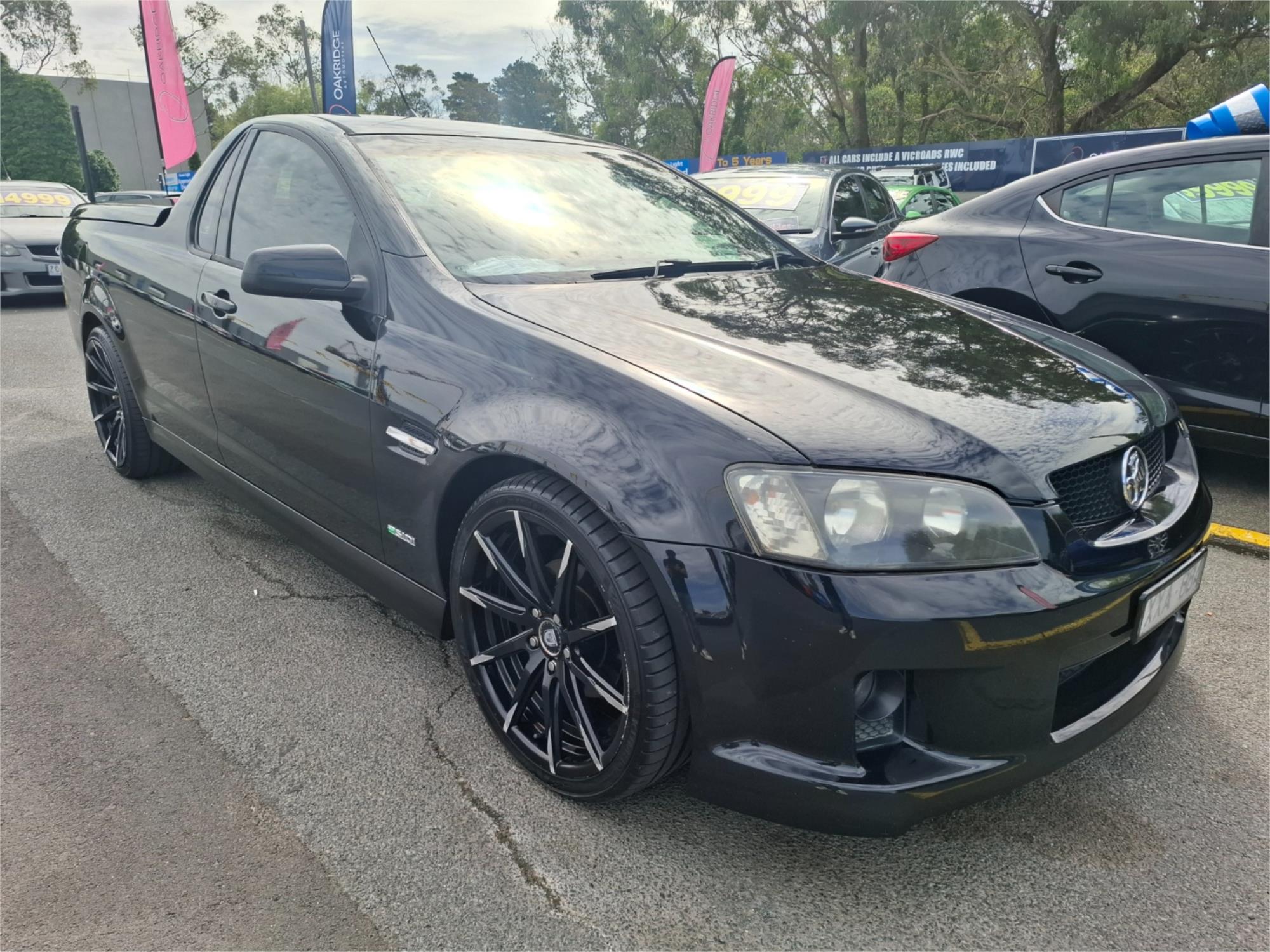Bugatti unveils ‘Divo’
Described as “the modern interpretation of Bugatti’s coachbuilding tradition”, the Divo hypercar was unveiled at ‘The Quail: A Motorsports Gathering’ (part of Monterey Car Week) in the US this past August.
Based on the Chiron, the Divo uses that model’s 1100kW 8.0-litre quad-turbo W16 and seven-speed dual-clutch transmission, but modifies the chassis, enhances aerodynamics and reduces weight for enhanced track performance. Thanks to these improvements, Bugatti claim the new model can lap the Nardo ‘handling circuit’ a full 8 seconds faster than the Chiron.

Inspired by the Past, Altered for the Future. The Divo takes its name from Albert Eugene Diwo, who scored two wins for Bugatti in the Targa Florio in the 1920s. A fighter pilot with the Armee de l’Air Francaise (French Air Force) during World War I, Diwo (who later changed his name to Divo) started racing in 1919 and signed on as a Bugatti works driver in 1928. He won the Targa Florio that year in a Type 35 and did the same in 1929; part of Bugatti’s five-year winning streak at the Sicilian road race.
As a tribute to Divo, the Bugatti bearing his name is a track-focussed car, but it remains road legal. While based heavily on the Chiron (itself a derivation of the Veyron), the Divo has several differences. The focus, according to Bugatti President Stephan Winkelmann, was to improve the Chiron’s lateral acceleration, agility and cornering: “The Divo is made for bends.”

Built for Bends. Producing a machine with improved handling and cornering performance started with the aerodynamic package. At the front end, changes to the air intakes reduce the overall cross-section of the vehicle while improving airflow.
A wider front spoiler improves downforce and directs more air to the cooling system, race-style extractor vents on the front wings also feature and the roof has been reshaped to form a large NACA duct to optimize airflow into the W16 engine. At the rear, there’s a new, wider spoiler and completely redesigned rear diffuser. Combined, these aero changes deliver 456kg of total downforce: 90kg more than the Chiron.
Tweaking the chassis to improve cornering performance included increasing the camber and sharpening the steering and suspension to deliver a more direct response to driver input and higher lateral acceleration of 1.6g, although the trade-off is a top speed limited to 380km/h. A weight reduction of 35kg comes via the use of lightweight wheels and a carbon fibre intercooler cover, as well as reduced insulation, a lighter sound system and deletion of in-cabin storage compartments.

Divo Style. Externally, the Divo carries familiar Bugatti styling cues, like the grille, rear fin and C-shaped profile line, but moving this line forward and compressing it gives the Divo more of a cab-forward look. Lighting is noticeably different, with re-shaped, ultra-slim LED headlights and rear lights made up of 44 3D-printed LED fins.
The Titanium Liquid Silver and Divo Racing Blue paint was specially developed for the model, with the colour scheme continued inside where the blue is biased toward the driver’s side of the dash. A rhomboid structure embroidered into the seats and door trims is said to mirror the grille and tail light treatment, while the seats themselves offer greater lateral support in harmony with the Divo’s improved lateral performance.
Fast Sell. Winkelmann, said the Divo was created to meet customer demand – those who wanted “a special vehicle which would tell a further story for the brand.” The resulting vehicle clearly struck a chord with existing Bugatti clientele, who upon seeing the Divo at a pre-launch presentation immediately purchased all 40 units Bugatti plan to build. This in spite of a price tag of 5 million Euro (AU$6.85 million approx.) each.














